Part II
If you don’t know Gérard Bertrand, you don’t know the South of France.
When one thinks of southern France, romantic visions of relaxing, decadent vacations invariably spring to mind. With its mild continental climate, bathed by sea breezes, ample sunshine, world-class cuisine and a myriad of wine choices, the Languedoc-Roussillon region is an alluring destination.
Coincidentally, these climatic conditions, combined with unique terroir, are ideal for grape-growing. Languedoc-Roussillon is a land of extraordinary viticultural potential, and home to some of the most diverse indigenous grape varieties worldwide.
The area’s past is steeped in rich history. Since the Roman domination of Narbonne grapes have been grown there. The region is now reasserting its position as one of the world’s leading producers of high-quality wines. At the start of the 20th century, a phylloxera epidemic, along with overproduction, wrought havoc on the region’s viticulture. It isn’t until the 1950’s that the wines of the region have become notable. Top estates now produce wines of exceptional quality. In the last three decades, much has been accomplished to implement the latest advances in science and technology.
On the forefront of that innovation is Gérard Bertrand, the force behind a winegrowing and marketing empire. Bertrand is determined to drive this progress through continued innovation and the creation of internationally renowned wines. His continuous Domaine acquisitions, investment in infrastructure, rebranding, creative market strategies for product placement have paid off. The wine trade and consumers have responded enthusiastically to well-presented, high QPR (quality-price-ratio) wines. His various bottlings are distributed in 70 countries via retail stores and fine dining restaurants. They are even sold at airport shops. His extensive product line includes Gérard Bertrand appellation wines, signature series, and an assortment from his domains. He has won countless international awards, including 2011 European Winery of the Year from Wine Enthusiast. He has also been awarded the title of Red Winemaker of the Year at the prestigious International Wine Challenge.
He owns and manages thirteen estates in Languedoc-Roussillon:
- Château Aigues-Vives
Domaine de l’Aigle
- Château de Villemajou
- Domaine de Cigalus
- Château Laville Bertrou
- Château l’Hospitalet
- Château la Sauvageonne
- Château de la Soujeole
- Clos d’Ora
- Château des Karantes
- Château de Tarailhan
- Château des 2 Rocs
- Domaine du Temple
Bertrand’s mission centers around revealing the extraordinary potential of the region’s terroir, with its diversity of grape varieties and sites. His vision for the area is to become Grand Cru in the eyes of the world.
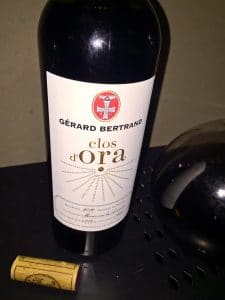
Two loveable mules, Vanina and Victorieux, work the field in the scorching summer sun. The animals are an important part of connecting with the land and can never be replaced by machinery. The idea is to connect the soil, vines, animals and human hand. This careful, unhurried, hands-on approach to farming on this gem of an estate aligns perfectly with Gérard’s core philosophy.
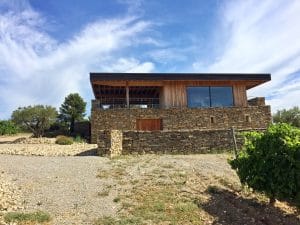
At 22 years of age, Gérard developed devastating liver problems resulting in him being unable to drink more than a glass of wine without dire consequences. He set out to study homeopathy which proved to be his panacea. Just months after treatment, he felt like a new man and could consume all the wine that he wanted. This was his first introduction to the benefits of natural resources. A decade later, Bertrand discovered the teachings of biodynamics guru, Rudolf Steiner. That lead him to connect the principles of biodynamics with homeopathy. Naturally, Bertrand’s winemaking had to include biodynamics. Being a pragmatist, he experimented by managing several acres using traditional methods and several biodynamically. Subsequently, he noticed a meaningful difference, both in the vineyard and in the cellar. His biodynamically farmed grapes went from having low acidity and high pH to the opposite, as the pH levels in the soil decreased. It proved perfect for producing for age-worthy wines. Biodynamic balance became his dictum.
What is Biodynamics? The philosophy is based on the teachings of the Austrian philosopher and social reformer Rudolf Joseph Lorenz Steiner (1861-1925). In a nutshell, it is a convergence of mystical and realistic assessments that are predicated on an understanding of the ecological, energetic, and cognitive rules of nature. The practice embraces environmental autonomy and views viticulture as an organized, interconnected living eco-system. The vineyard is managed as a single living entity and the wines are made as purely as possible as to reflect the terroir. The vigneron develops planting and harvesting sequences that are determined by the positions of the sun, moon, and planets. For example, the fruit is always hand-harvested and hand-sorted. Biodynamic rules forbid the use of enzymes, tannins, cultivated yeasts, acid or sugar manipulation during the winemaking process. Its disciples subscribe to the philosophy that wine tastes differently on different days, per biodynamic calendar.
Bertrand’s approach is a holistic one, where everything is implemented manually, no chemicals are used and only the materials found on site are utilized to fertilize the land. Harvesting and bottling are timed by moon phases. The main idea is that properly treated soil produces healthy results. Gérard seeks to deliver the thriving land to future generations. Conservation is the cornerstone of his brand.
Today, Bertrand is a world leader in organic and biodynamic production. Currently, all of Bertrand’s vineyards are farmed biodynamically. 65 percent of his 1500 planted acres are certified biodynamic or in the process of becoming certified.
For the past three decades, Gérard Bertrand has been tirelessly promoting South of France and its “Art de Vivre.” Nowhere it’s more evident than at his Château l’Hospitalet, located in Massif de la Clape, the epicenter of the festivities honoring the Art of Living. Surrounded by 2500 acres of trees, wild grasses, and vineyards that date back to the 6th century, it features a hospitality center, restaurant, wine cellar and 38 gorgeous guest suites.
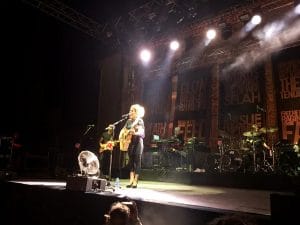
Gérard Bertrand is a powerful example of a modern success story. Staying true to his core, he has created valuable brands that promote balance in life and wine

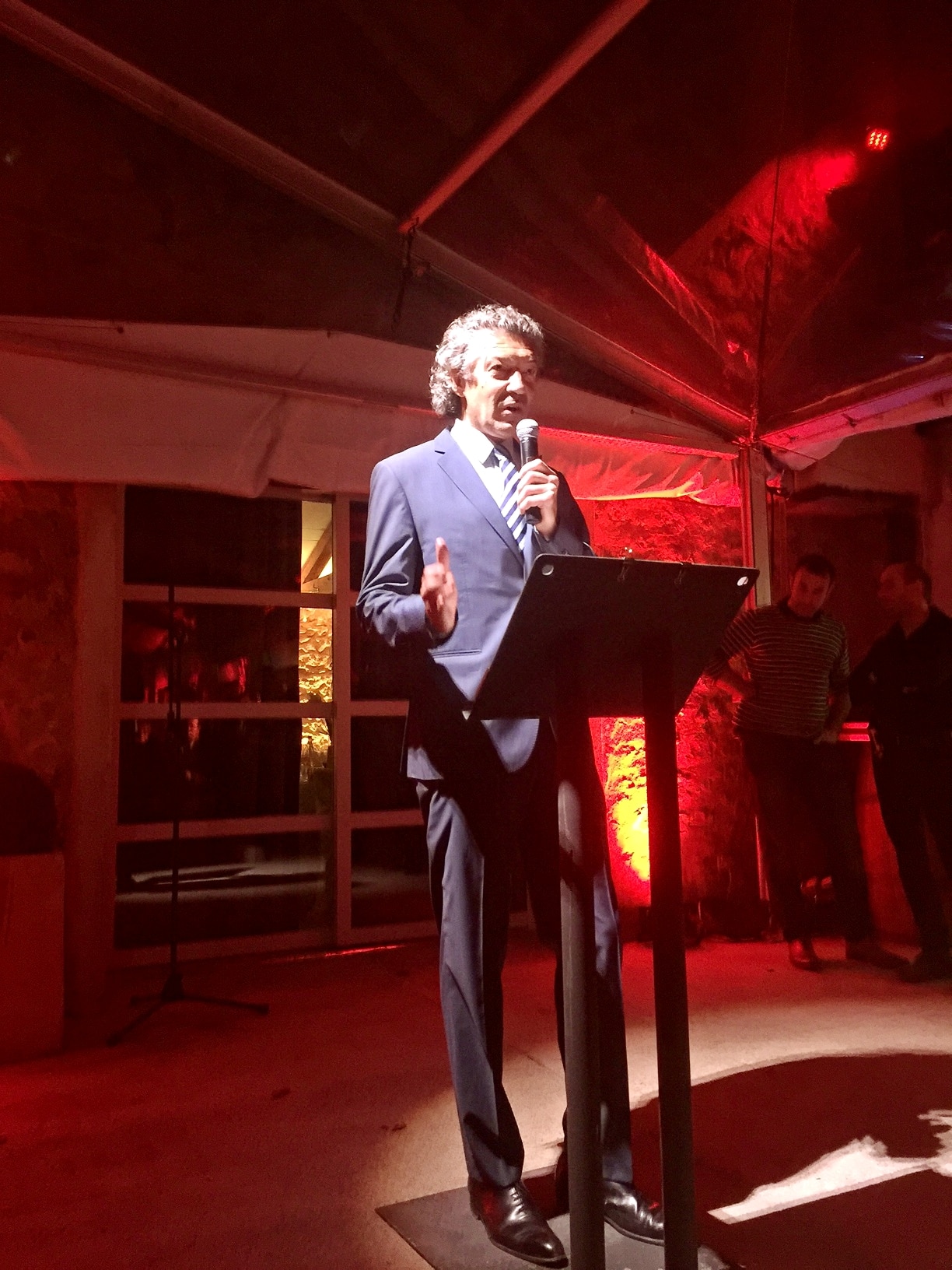
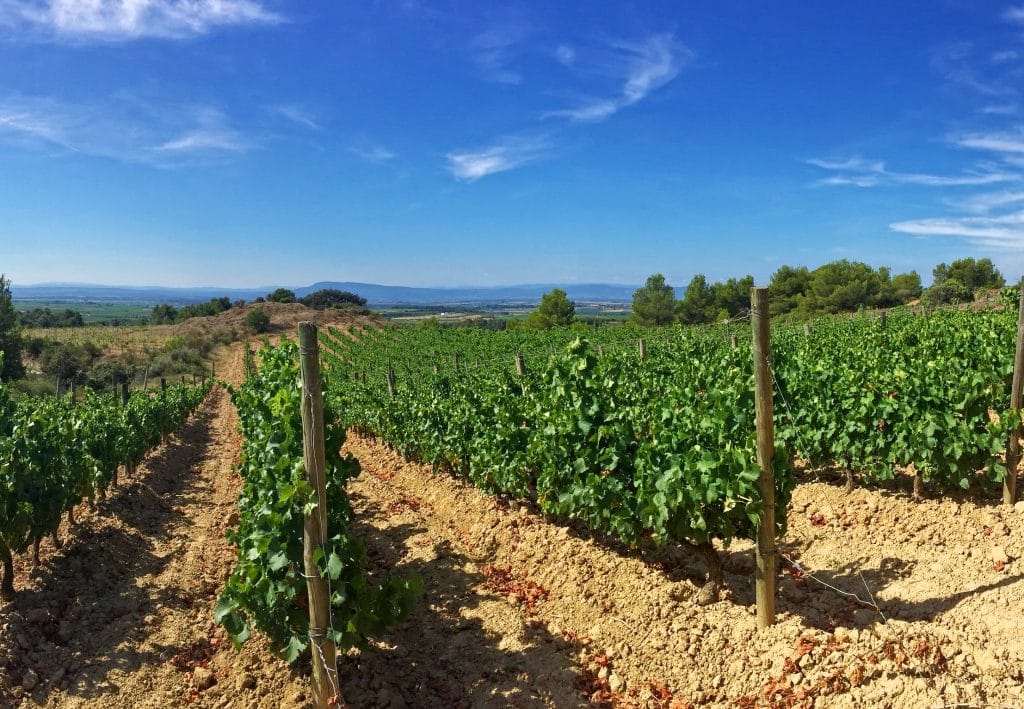


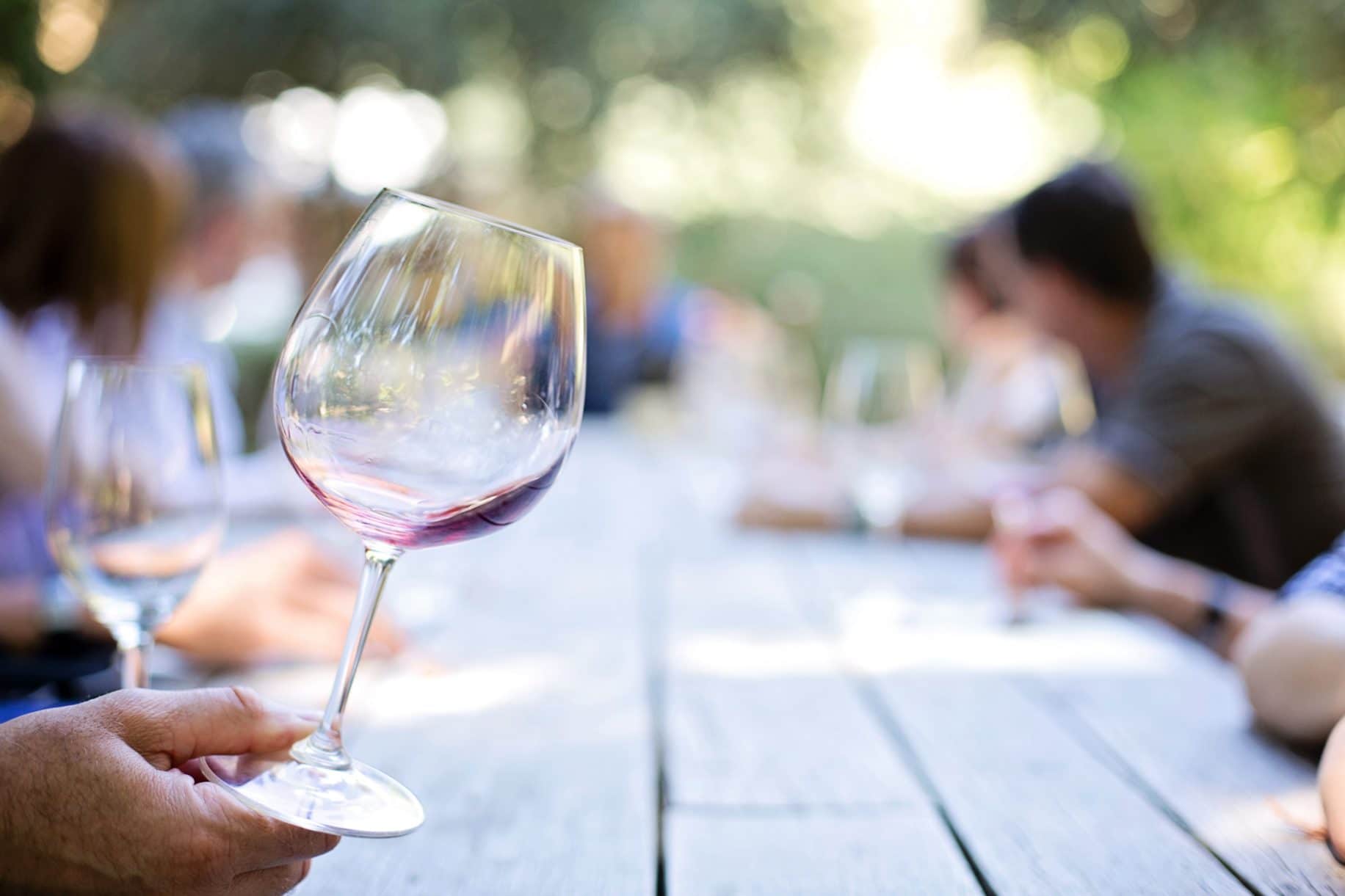

You must be logged in to post a comment.